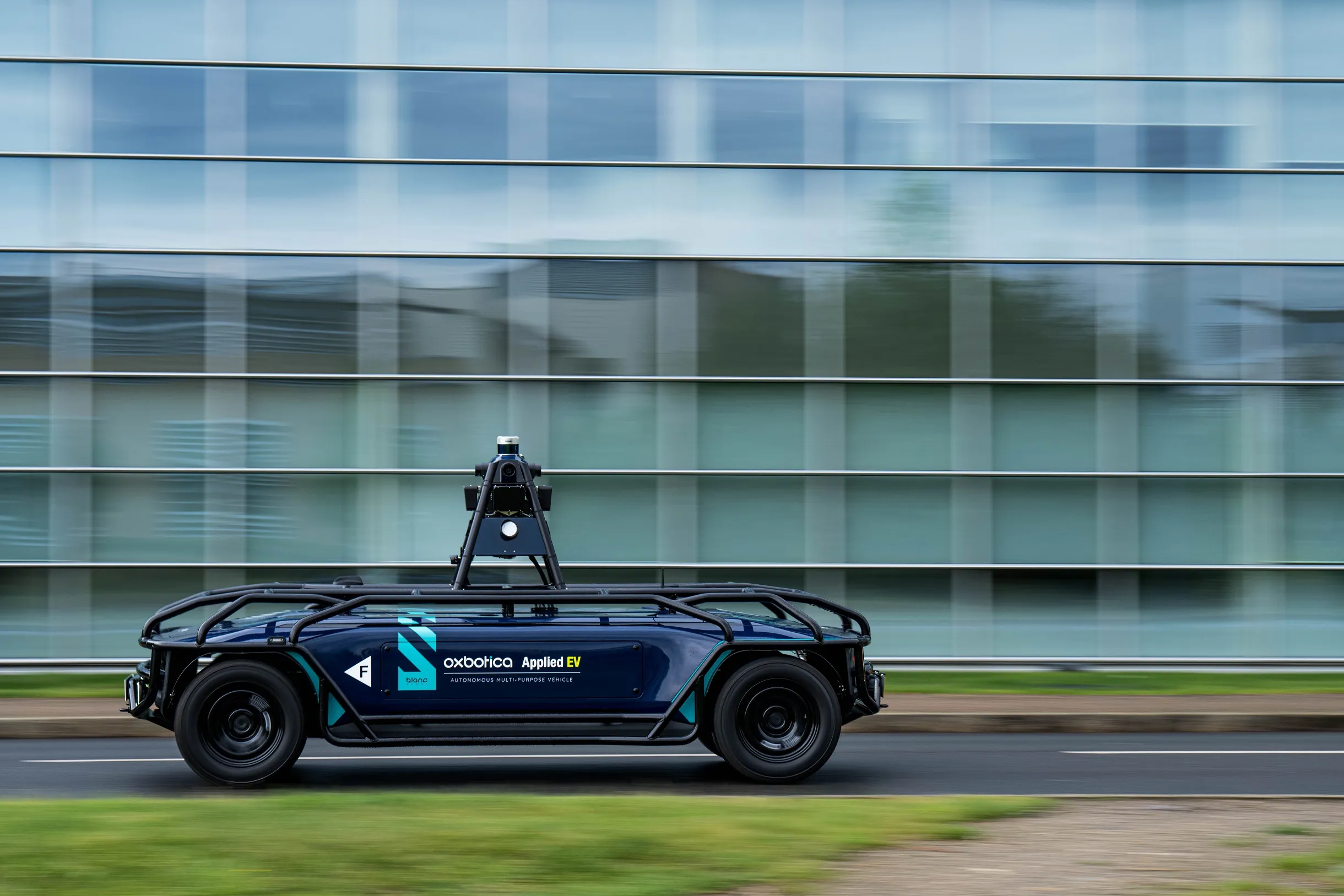New findings from ABI Research predict that global OEM connected car system penetration will increase from 11.4 per cent in 2012 to 60.1 per cent in 2017. While penetration in the US and Western Europe will exceed 80 per cent by 2017, developing regions such as Latin America and Eastern Europe will also see strong increases in telematics penetration in new vehicles, largely driven by mandates in Brazil and Russia.
July 4, 2012
Read time: 2 mins
RSSNew findings from 5725 ABI Research predict that global OEM connected car system penetration will increase from 11.4 per cent in 2012 to 60.1 per cent in 2017. While penetration in the US and Western Europe will exceed 80 per cent by 2017, developing regions such as Latin America and Eastern Europe will also see strong increases in telematics penetration in new vehicles, largely driven by mandates in Brazil and Russia.
According to VP and practice director Dominique Bonte, VP and practice director at ABI Research, “In-car connectivity is quickly transforming the automotive industry, enabling passive and active safety and security and offering infotainment and connected lifestyle services to consumers but also enabling new car ownership, usage, and experience modes such as car sharing, (semi)-autonomous driving, dynamic demand-response electric vehicle charging pricing, and customer and vehicle relationship management services including prognostics and preventive maintenance.”
However, the two main issues the automotive industry continues to face are cost and lack of awareness as illustrated by a recent ABI Research consumer survey.
ABI Research’s new ‘Connected Car’ market database provides detailed forecasts of embedded, hybrid, and converged connectivity solutions including subscribers, service revenue, and hardware shipments and revenues for the United States, Canada, Western Europe, Eastern Europe, Latin America, Asia-Pacific, and Africa & The Middle East.
According to VP and practice director Dominique Bonte, VP and practice director at ABI Research, “In-car connectivity is quickly transforming the automotive industry, enabling passive and active safety and security and offering infotainment and connected lifestyle services to consumers but also enabling new car ownership, usage, and experience modes such as car sharing, (semi)-autonomous driving, dynamic demand-response electric vehicle charging pricing, and customer and vehicle relationship management services including prognostics and preventive maintenance.”
However, the two main issues the automotive industry continues to face are cost and lack of awareness as illustrated by a recent ABI Research consumer survey.
ABI Research’s new ‘Connected Car’ market database provides detailed forecasts of embedded, hybrid, and converged connectivity solutions including subscribers, service revenue, and hardware shipments and revenues for the United States, Canada, Western Europe, Eastern Europe, Latin America, Asia-Pacific, and Africa & The Middle East.








